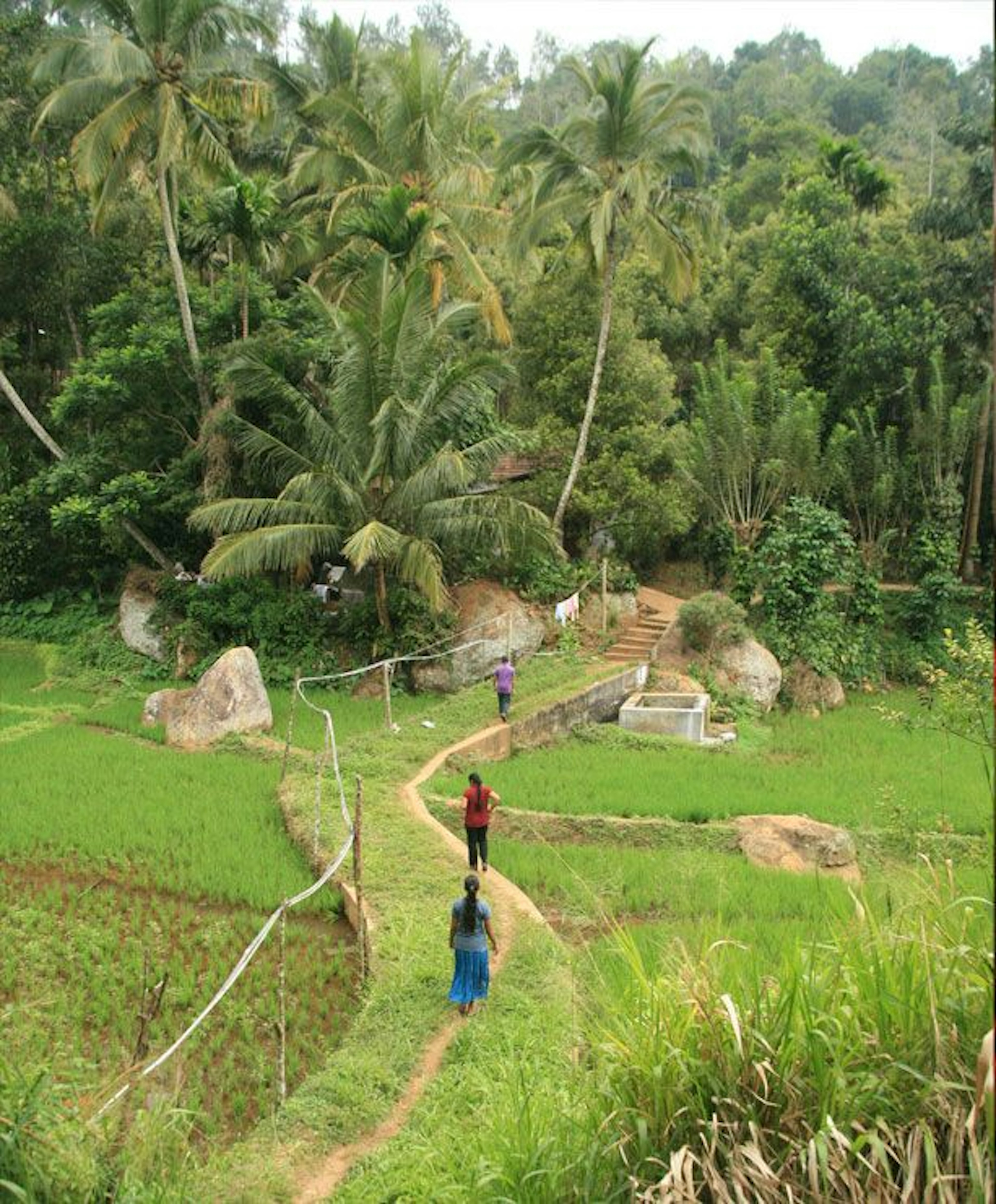Herbs & Spices

Overview
Smallholder farmers are estimated to produce around 90% of the world’s herbs and spices, typically working on plots of less than two hectares and often rotating spice cultivation with other crops (INA 2022; Pascale & van Opijnen 2010).
The biggest producer countries are in Asia, including India, China, Vietnam, Indonesia, and Thailand. While the industry is relatively small, several herbs and spices hold significant economic value for local economies.
Fairtrade collaborates with both smallholder and hired labour producers across Asia, Africa, Latin America, and the Caribbean. More than 300 different species of herbs and spices are eligible for Fairtrade certification.
The salient issues in the herbs & spices sector are (in the order of saliency):
- Living income
Production is associated with seasonal and unstable incomes due to market volatility, rising production costs, and farmers’ weak bargaining power. Many producers earn less than living income.
- Health
Herb and spice cultivation involves repetitive farm tasks and dust exposure in processing. These can cause muscle strain, asthma, allergies, and skin problems like dermatitis.
- Child labour
Child labour is a risk in this industry, and has been identified in clove, pepper and vanilla production in Tanzania, Vietnam, Madagascar, and Uganda. Many smallholders cannot afford hired labour.
- Gender equity
Women typically handle planting, weeding, and harvesting but face barriers to land, resources, training, and decision-making.
- Self-determination
For example, cardamom, cinnamon, clove, nutmeg, pepper and rooibos often come from indigenous communities. Many face land issues, low incomes, and competition from large farms.
- Climate change
Cultivation of spices, including cardamom, pepper and vanilla, can lead to deforestation and habitat loss. On the other hand, agroforestry methods may aid conservation, for example in vanilla.
- More information on risks in herbs & spices

Root causes
Inequal power relations: Limited access to market information, quality standards, and farming technologies weakens producers’ bargaining power with larger buyers. As a result, farmers and processors face income instability, and may be forced to adopt harmful coping mechanisms, such as child labour and unsafe working conditions.
Climate change: Agriculture in many herb and spice-producing regions is highly vulnerable to climate change. Climate shifts directly affect spice cultivation—particularly cardamom, ginger, nutmeg and pepper—by reducing yields and quality.
Background data on herbs & spices (*Global Volume / **Fairtrade Volume)
Dominant production model*
of herbs and spices is produced by smallholder producers.
Source: INA 2022.
Fairtrade certified producer organisations**
Data from 2023.
Fairtrade certifiable production**
metric tonnes in 2023. Updated in August 2025.
Farmers in Fairtrade organizations**
Data from 2023.

Stay updated
Partnering for change
Companies can be part of the solution by identifying and addressing the most serious risks and root causes in collaboration with farmers, workers and other affected people. Sign up to receive updates as we add new information to this Map, or to hear how Fairtrade can support your corporate sustainability due diligence.
Map View